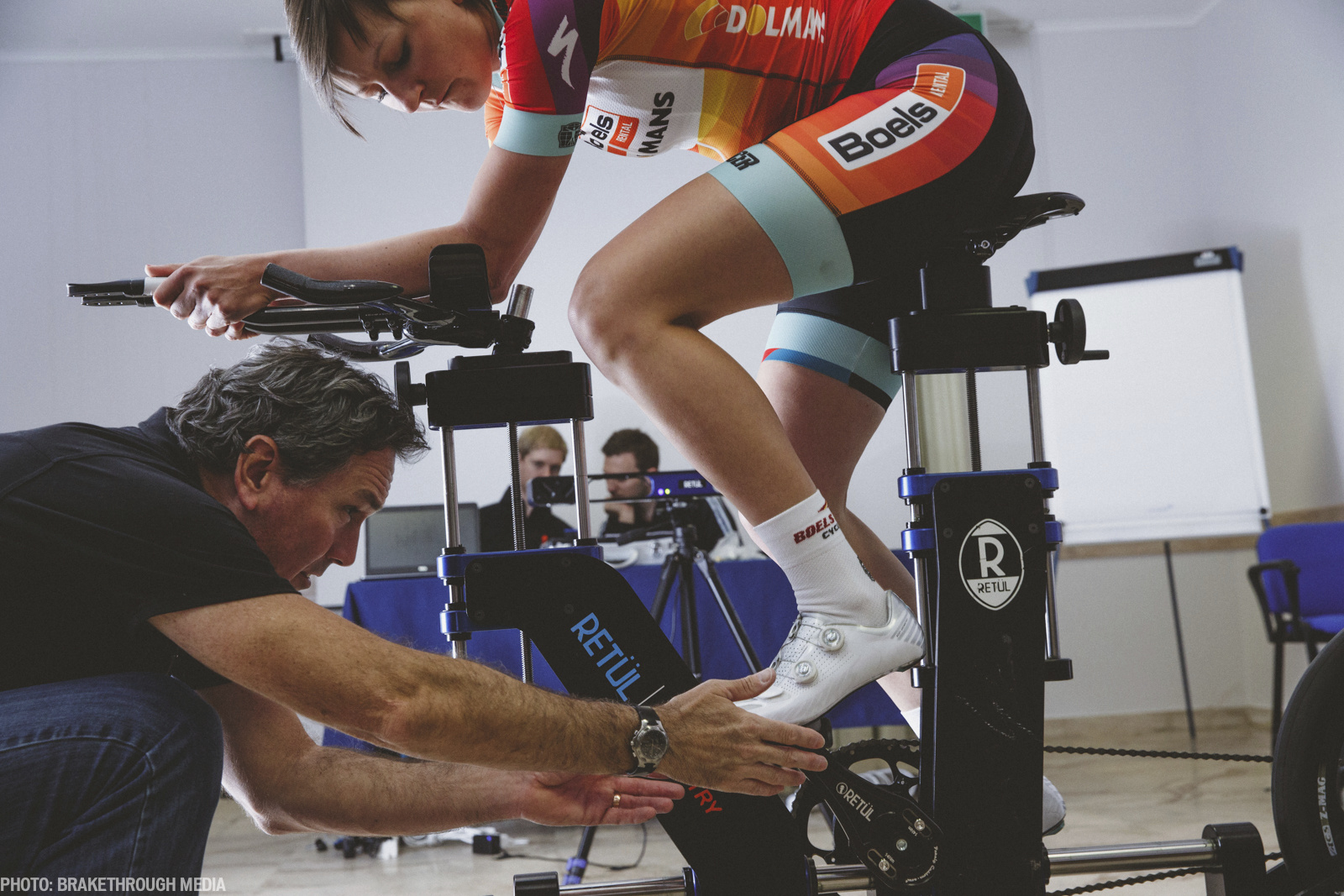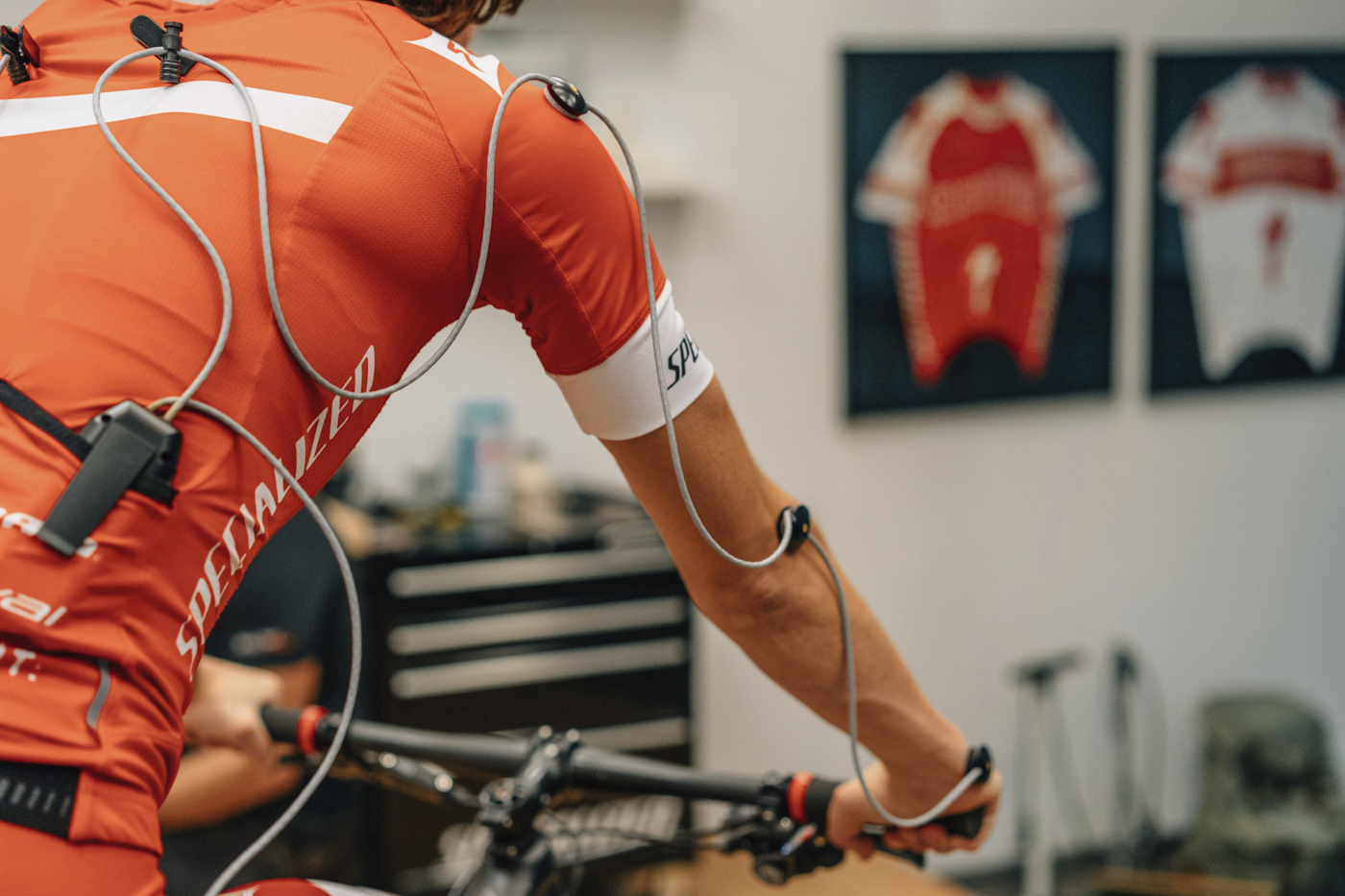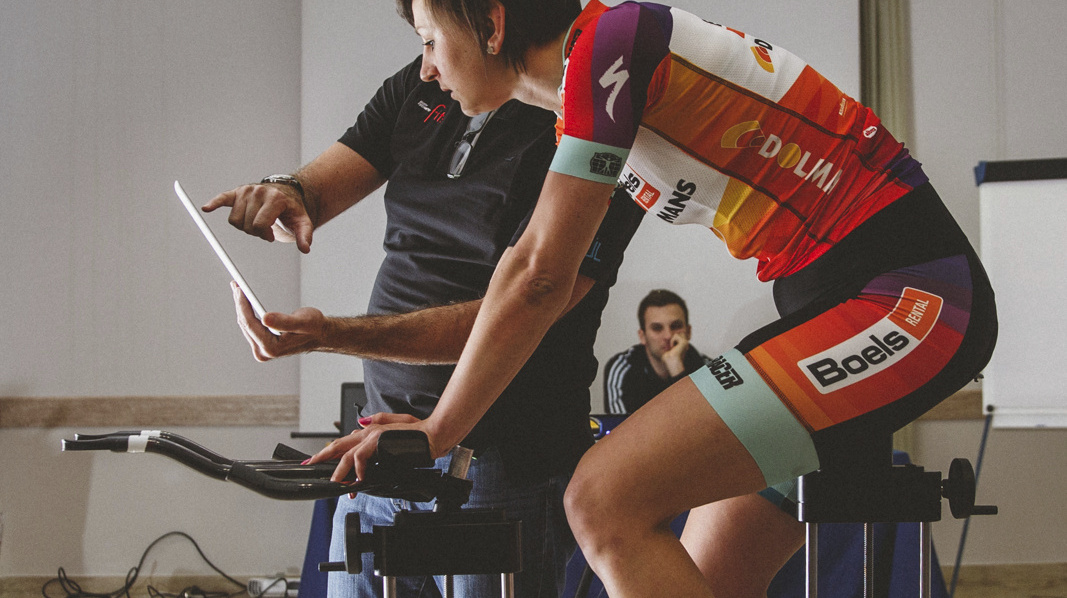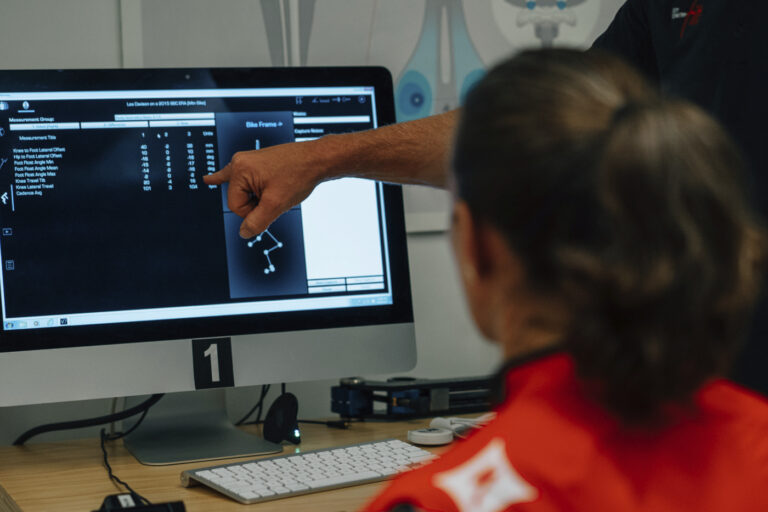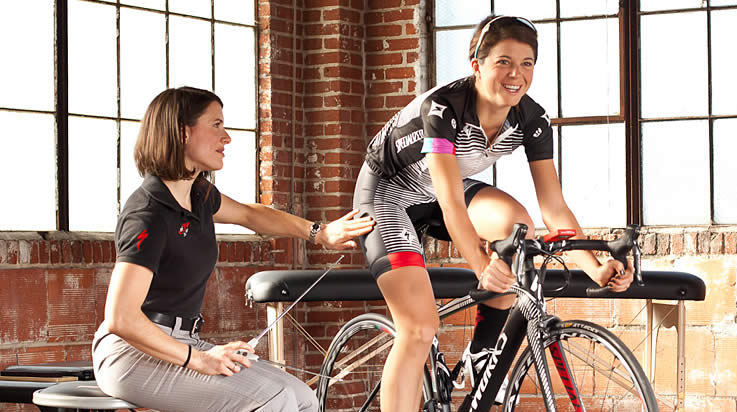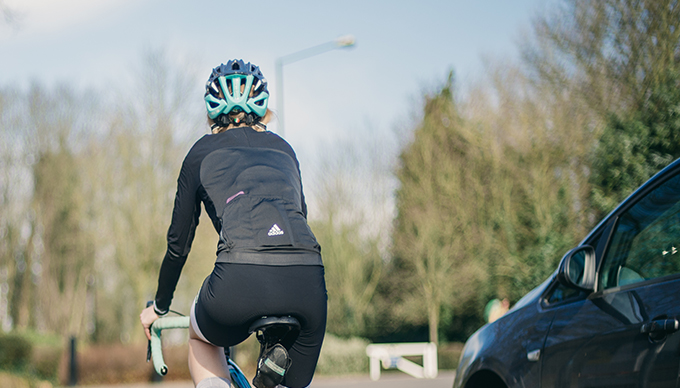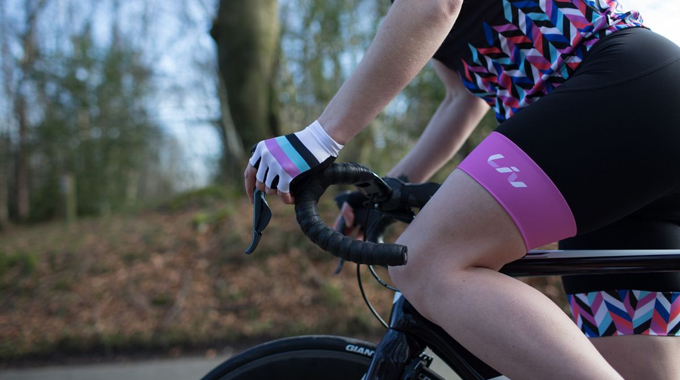Cycling can be beautiful, exhilarating and exhausting in equal measures. One thing it doesn’t need to be is painful. We’ve worked with Scott Holz – the expert who trains Specialized dealers in their Body Geometry Fit fit system (using advanced Retül bike fit tools) to bring you a series of guides on common problems and their equally common solutions. Holz has been helping riders discover their optimum fit for over 30 years, providing expertise for amateur everyday cyclists right through to World Champion Lizzie Armitstead. He’s well qualified, we assure you.
We’ve already taken a look at knee pain – its many potential causes and fixes. Next up, we’re looking at how to solve problems around the neck, back, and hands.
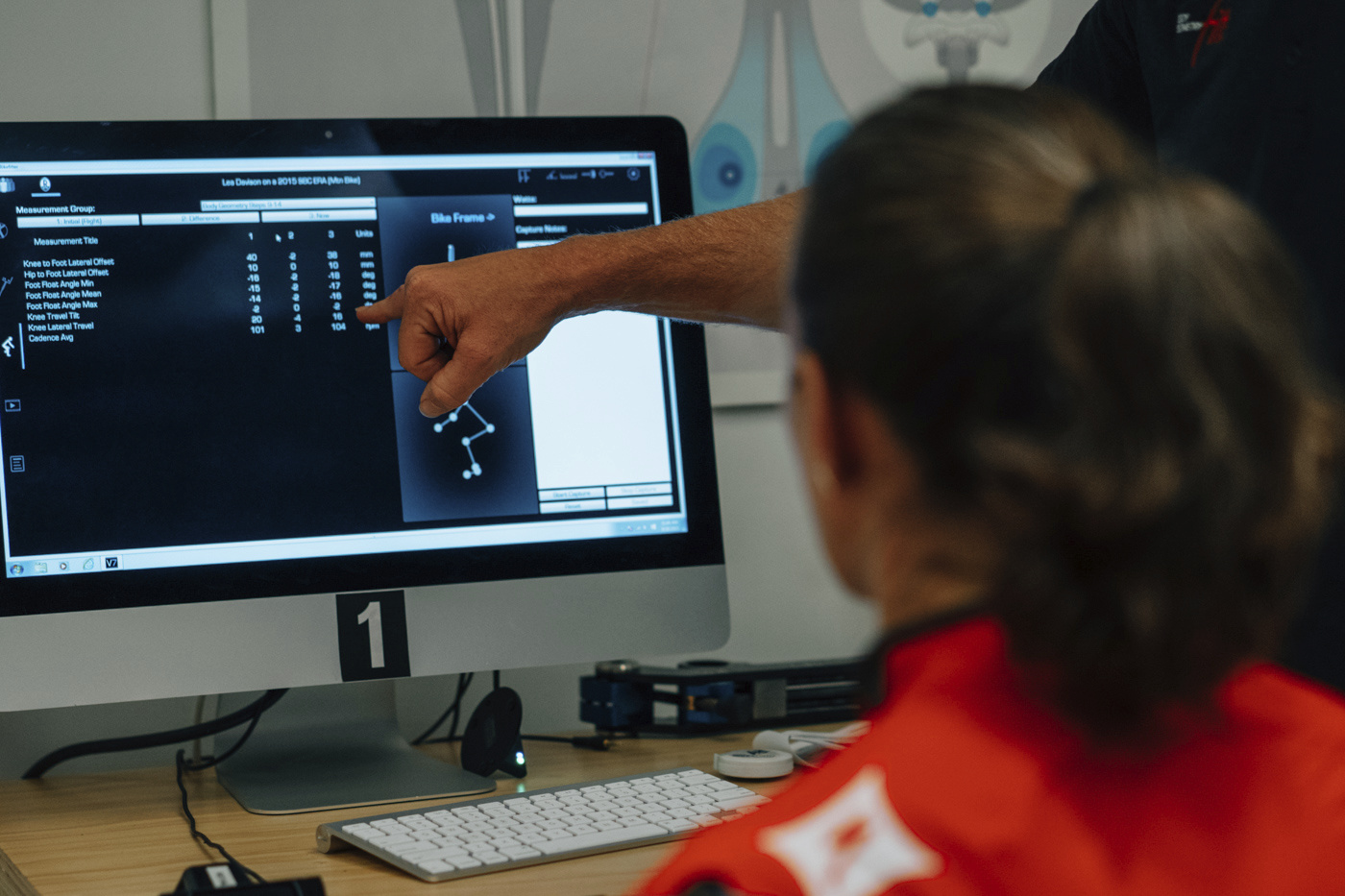
Fixing Cycling Neck Pain
When you’re cycling your key contact points are your hands, feet, and bottom. Everything else fits around these contact points. If this fit is less than ideal, parts of your body become uncomfortable.
Neck pain often coincides with shoulder, upper back or wrist pain, and hand numbness. Holz told us that there were too key causes: riding with the handlebars too high, or riding with the handlebars too low. Most of us are aware of the latter as a cause, but few associate an upright position with these kinds of pains.
Fitting a Female Body to a Unisex Bike
Holz explains the cause: “A really common mistake is having the bars too high. People often sense they have too much weight on their hands, so they ask to have the bars higher. Then all that does is shove their hands up and their shoulders move up even further. Your torso knows where it wants to be, your glutes know where they want to be to fire effectively. If there’s not enough room between your shoulders and the bars you’ll try to make room by hunching them up.”
Asking to move the bars further away from a rider who is struggling with pressure on the hands doesn’t always go down well initially. Holz says: “Sometimes for riders it’s really counter intuitive to say ‘hey, I’m going to lower your handlebars, and your shoulders are going to relax’ – but you literally are moving the handlebars out of their way and it can make a huge difference.”
How to: Loosen up on a Road Bike
A professional bike fit is the best way to determine ideal handlebar height – but if you’re getting pain around your shoulders and notice that they’re often hunched up next to your ears, have a go at lowering the bars. You can do this by removing spacers from beneath the stem. Angling the bars so they’re parallel with the ground is also a good idea – many bikes come with the handlebars in a very upright position with the hoods sitting high up.
Of course, on the other end of the spectrum is the rider who feels the need to emulate the pros, when their body just isn’t as flexible and their core strength just isn’t as strong as their idols. Holz explains: “At the other extreme, you’ve got the person who has got everything slammed [the stem has all the spacers removed from below it], and doesn’t have he flexibility for that position, so has everything totally extended. They’re beyond the sweet spot and can’t look up comfortably. They may have less pain in the hands, but generally neck pain is the problem.”
You can fix this by raising the handlebars up with a couple of spacers, by using a positive angle stem or rotating the bars so they sit slightly higher. You can also reduce the reach by using a shorter stem, and if the handlebars measure much wider than your shoulders it may be a good idea to swap them for a narrower pair which will likely feel much more comfortable.

